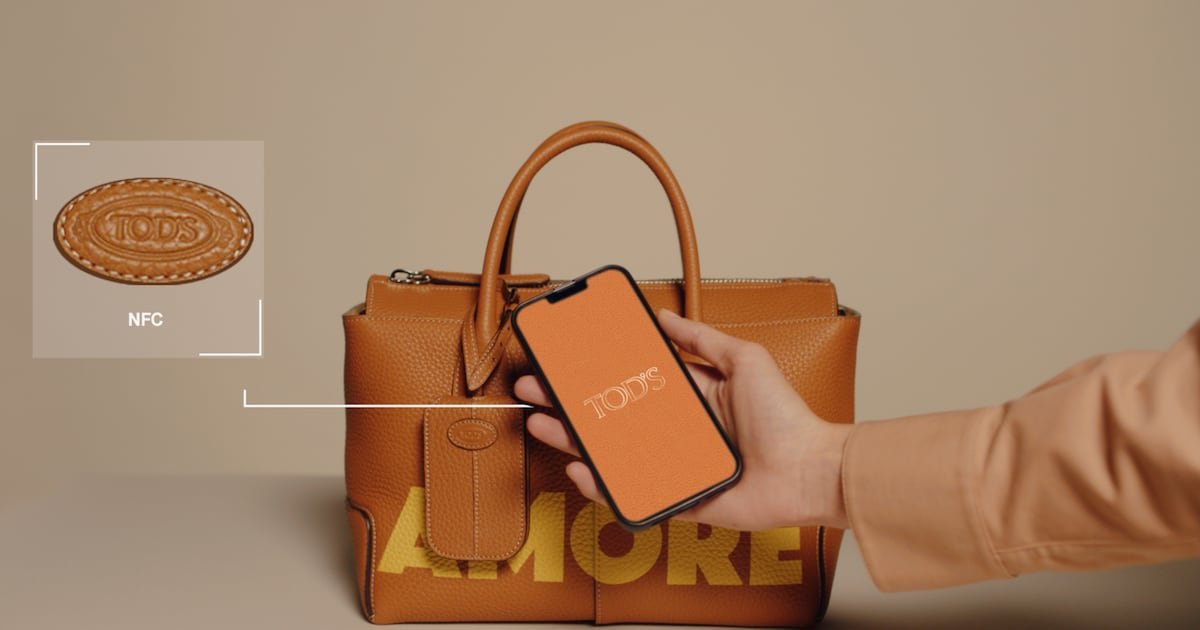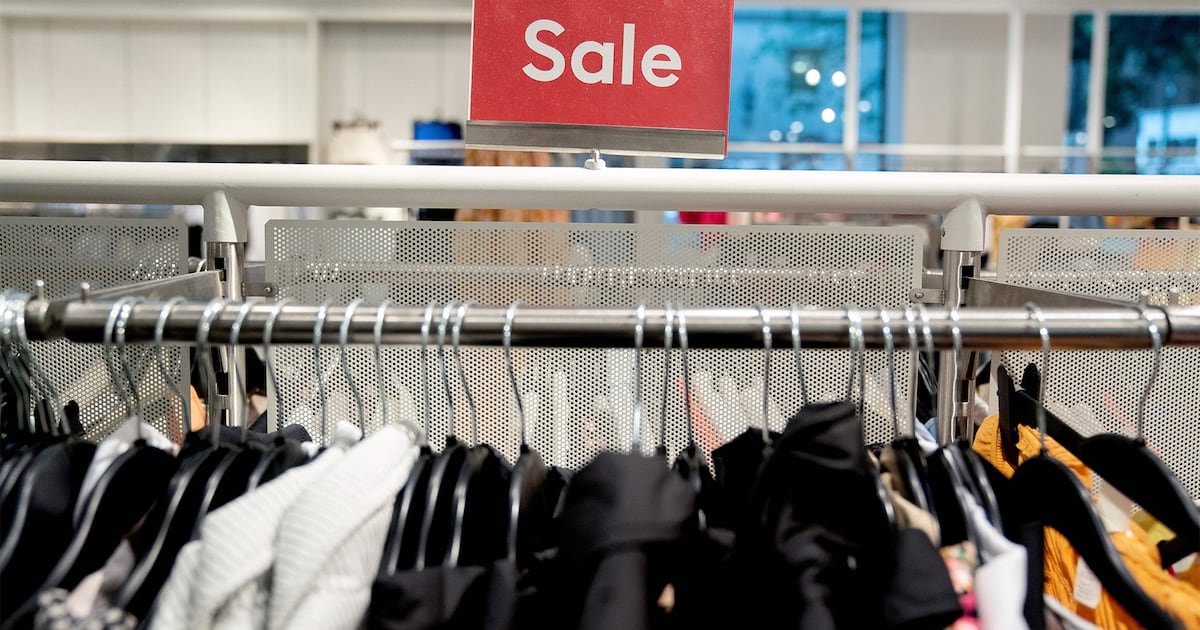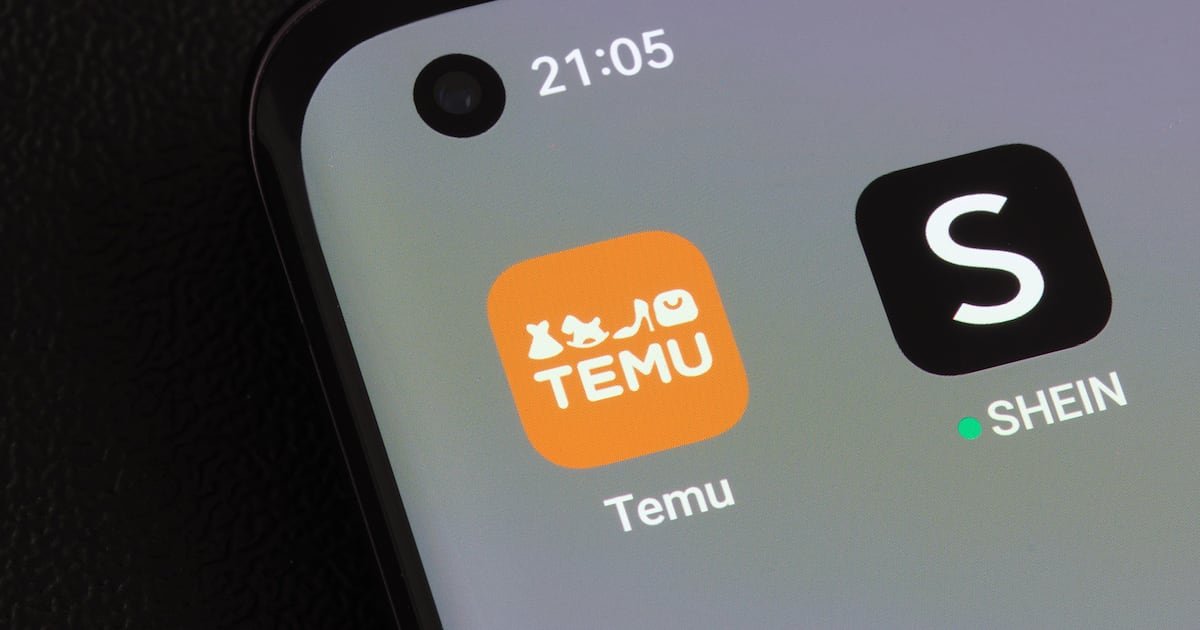Buy a pair of Maison Margiela Tabis, a Bulgari necklace or a Lalique vase and there’s a good chance it will now come with its own digital identity.
While the exact contents of what the industry calls digital product passports can vary, most at a minimum will include a digital certificate of authenticity and information about the item’s manufacturing. Many brands are also adding perks for customers: Lalique’s DPPs, for example, offer an augmented reality-enabled, 3D twin of the object so you can easily see how it might look around your living space. The DPP attached to Dior’s B33 sneakers provides exclusive details on upcoming sneaker releases. (Consumers typically access DPPs through a QR code, a tiny electronic NFC chip that’s scannable by phone or AI fingerprinting that uses the phone’s camera.)
What’s driving the momentum of DPPs isn’t demand from shoppers, however. It’s the EU’s Ecodesign for Sustainable Products Regulation, which mandates that products will need to provide certain traceability and sustainability information through a DPP beginning in 2027.
“Most brands are focusing on being ready for the regulation, but many brands — not all brands, but many — are seeing the opportunity that this regulation is providing,” said Romain Carrere, chief executive of the Aura Blockchain Consortium, the group behind the aforementioned DPPs which was formed from an alliance of luxury leaders including LVMH, Prada Group, OTB Group and Richemont-owned Cartier.
To date, Aura has created more than 50 million digital identities for some 50 different brands, according to Carrere.
But just because all those DPPs exist doesn’t mean consumers are using them yet. Before brands can make them a regular part of how customers interact with their products, they still have obstacles to overcome.

While consumers frequently say they want more information on where and how their products were made — the sort of information DPPs aim to provide as their primary purpose — many may not even realise their purchase has a digital identity. In products like footwear, the NFC chip that brings it up is usually hidden in the sole during manufacturing and not visible on the product itself. The brand may include a card with an explanation of how to access the DPP, but consumers don’t always read that information and may not use it unless they have a reason. Two years ago, when DPPs were even more nascent, one shopper who bought a pair of Margiela Replica sneakers created a thread on Reddit asking others to help verify that their shoes were genuine, only to note that they spotted the card after they posted their question.
Ease of use can also pose challenges. The same poster noted that in order to scan the NFC chip, they had to remove the case from their iPhone, an issue others online have mentioned when trying to use NFC technology. More recently, a Reddit user in a separate instance last year said it took them 10 minutes of trying for their phone to connect with the chip in their Tabi boots.
Even if it’s easy to access the DPP, say through a clearly visible QR code, consumers may not understand its value, since the idea of a product having its own digital identity is still brand new. Brian Kilcourse, managing partner at the research and advisory firm Retail Systems Research, told The Business of Fashion back in 2022 that the digital identity has to be more valuable to use than ignore if someone is expected to engage with it.
“Consumers aren’t kicking up their heels about this stuff,” he said.
That remains the case today, and is part of the reason brands are trying to get shoppers to care with additional features like AR or providing access to services such as repair or resale. Buyers of Coach’s Coachtopia products are able to easily list items for resale on Poshmark through their DPPs, created by digital ID provider Eon.
Ultimately, though, it could end up being that regulation is what spurs adoption. Clare Adelgren, global head of blockchain sales and operations at EY, which has advised brands including Bulgari on their DPPs, said shoppers already have an appetite to engage with their purchases, whether it’s learning about the brand that made it or about the product itself. Right now, they head to the internet for that information, but as DPPs spread and the data they contain becomes more uniform, they could become the simpler — and preferred — option.
“As this becomes more standardised, and as you see it becoming something that’s the same — no matter what you’re buying, no matter what the product might be — you’re going to see a much greater shift, because it’s a very efficient way to get the answer that you’re looking for,” Adelgren said.
Carrere has dreams of that efficiency increasing with AI. To take just one example, imagine instead of being presented with paragraphs of information about a product’s materials or environmental impact in its DPP you were able to type in your questions into a field and get a clear, concise answer.
That type of capability still lies in the future, but as brands spend the money creating digital product identities to satisfy regulators, they’re sure to keep looking for ways to make them a point of attraction for consumers, too.



